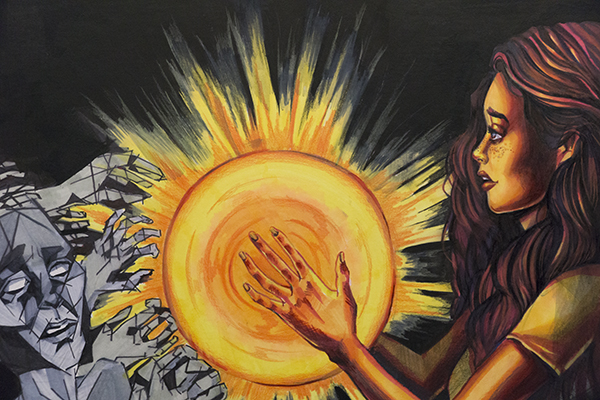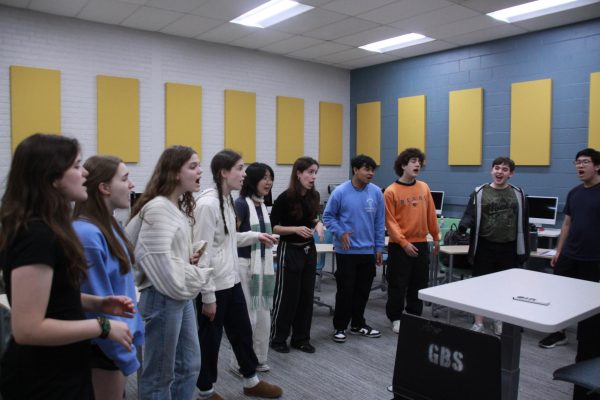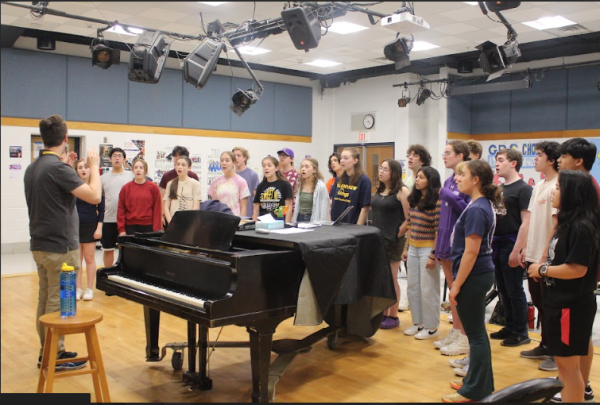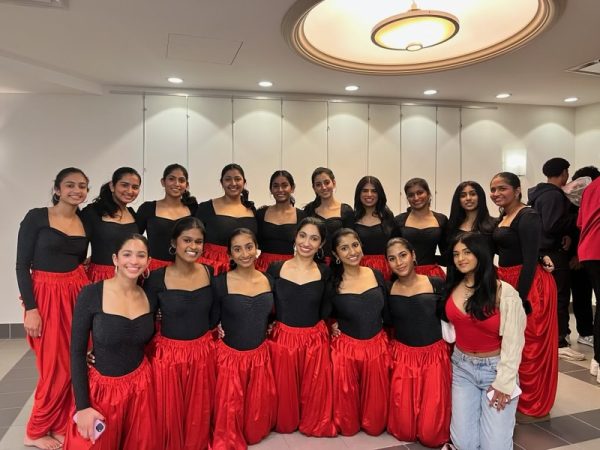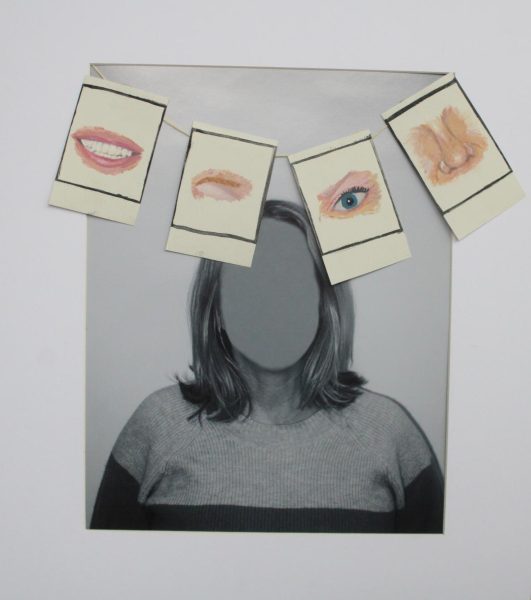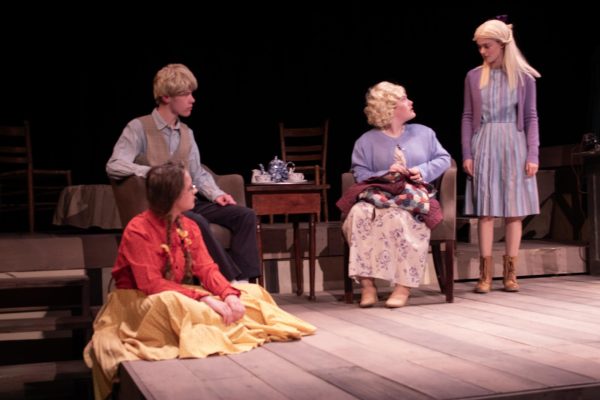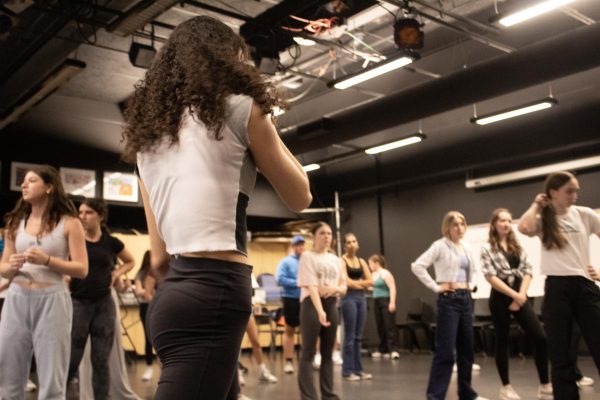Sarah Warner reflects on art career, leads by example
March 17, 2017
Blues, greens and reds of all different shades flow across a blank white canvas. With her head bent over her work, senior Sarah Warner, AP Art student, diligently paints another feather of a Native American headdress.
Warner says she first began taking art classes at The Glenview Art Studio when she was 10 years old. While she believes their teaching style to be strict, Warner says the rigid structure has helped her overall as an artist.
“Their way of teaching is very, ‘Our way or the highway,’ and you have to have a thick skin to deal with that,” Warner said. “At first it kind of made me not want to do art, but then I think it really helped me persevere through it, because it gave me a lot of passion for improving.”
According to Warner, drawing is her most frequent medium and she enjoys illustrative and realistic styles. Warner says she finds art to be an expression of people’s emotions and a way for people to send a message they find important.
“Ultimately art is about telling a story,” Warner said. “Whatever that story is, whether it’s a story of yourself, your life or someone else’s life, [art aims to tell that story]. I think that’s what most artists seek to show everyone.”
A piece made from a mix of acrylic and watercolor paints created by Warner was recently submitted to the IHSAE Art Competition for a chance at a senior scholarship award. According to Stephanie Fuja, AP Art teacher, the competition itself is a great experience for a high school student, as it is very sophisticated and similar to what professional artists would do. Fuja also said that while Warner is a more reserved student, she is a leader in the AP Art classroom.
“[Sarah] does lead, but she doesn’t lead on purpose,” Fuja said. “She leads by example just through the high quality of her artwork and how good and talented she is as an artist. […] Her talent, how she gets work done, and the quality of her work [make her a leader].”
A large influence on her art, Warner says, comes from the time she spent living in Japan. The close proximity to other countries, distinct culture and artistic sub genres all impacted both her and her art, according to Warner. She also says she achieved a broader view of the world, as Japan’s culture is distinctly different from the United States.
“I think sometimes we live here and we get trapped in our own little bubble of only what’s going on in the United States,” Warner said. “Only the politics in the United States and [only] the issues that are happening in the United States. I think living somewhere else gives you a broader lense.”
Warner says she plans to continue with art later in life, possibly double majoring in art and another subject in college. She also says that while some believe the sciences to be more relevant in the current day and age, she finds the arts to be just as important.
“There is a difference between functioning and thriving,” Warner said. “I think artists are what make society thrive. Engineers make society function, which is obviously just as important, but artists are what make society thrive. I think [art] provides more than just [the] bare bones.”
Success in art comes from hard work, Warner says, and it is not based solely on one’s talent. Understanding the techniques, structure and skills of art is not possible without hard work, according to Warner. To prepare her portfolio for art schools this summer, Warner said she was at the art studio nine hours a day, five days a week.
“No one starts out being good [at art],” Warner said. “[It’s] a myth that you are born with some innate talent, especially with art. That’s the thing, to be a good artist you have to work hard. The myth of innate talent [is what] scares some people away.”



